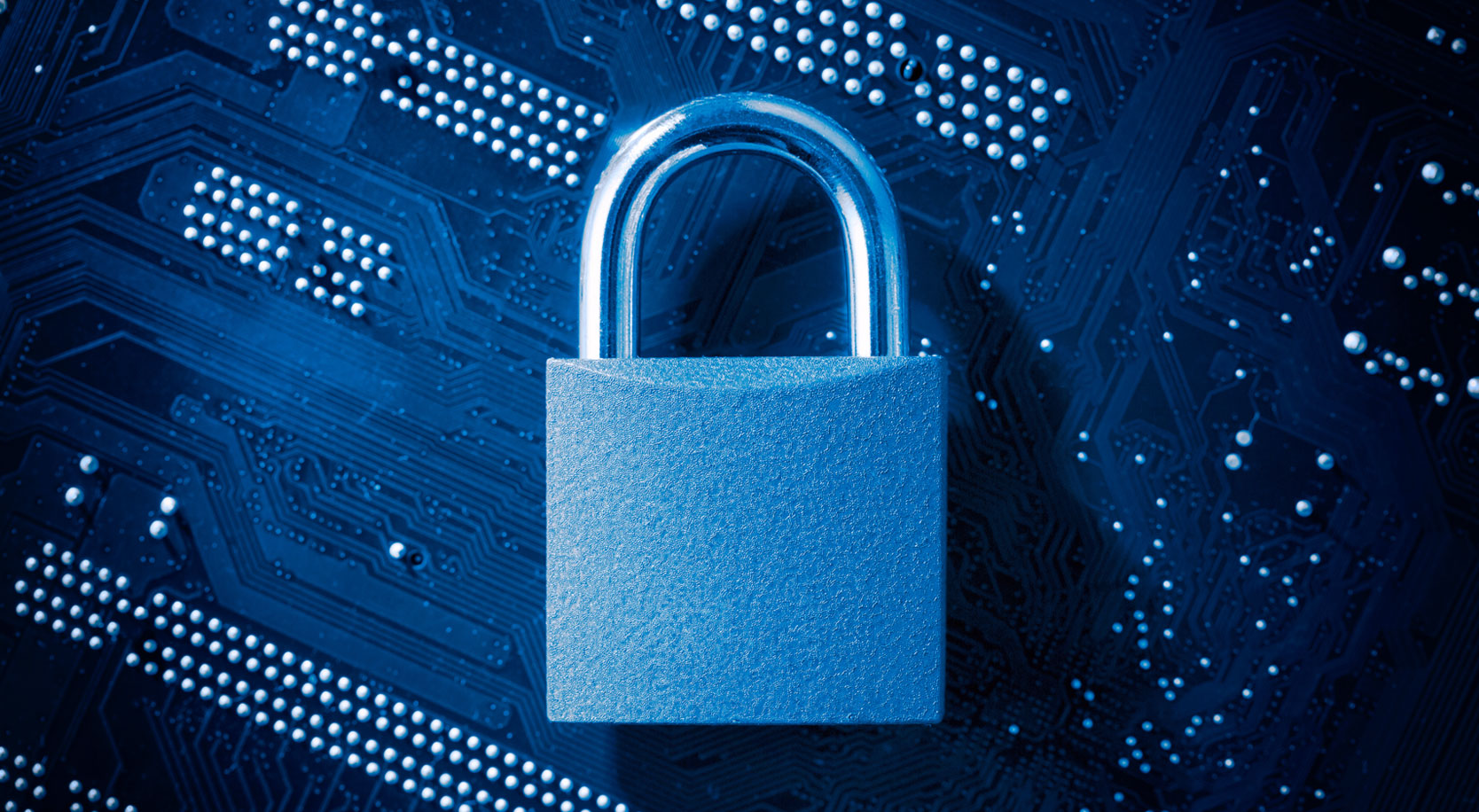In 2022, the number of IoT devices installed worldwide is around 42.62 billion, and it is predicted to increase to a whopping 75.44 billion by the year 2025. The number, size, and sophistication of cyberattacks are increasing every year. According to security researchers at Kaspersky, the number of cyberattacks against IoT devices increased from 639 million in 2020 to more than 1.5 billion in just the first six months of 2021. This shows an increasing and alarming trend. While smart devices make our lives easier, we often don’t realize that smart devices compromise our security and privacy and make us more vulnerable to hacking exploits.
Security vulnerabilities of IoT devices
-
-
-
Unlike other products, smart devices only last as long as the software is supported, and unfortunately, manufacturers often stop supporting a product with security updates just a few years after it is released.
-
Because there are no basic security standards for smart devices, many smart devices have inadequate security against threats. Even a novice hacker can very easily hack most IoT devices.
-
Most smart devices allow the manufacturer to push firmware updates to those devices. A company could easily push a malicious firmware update to their devices that would give them a tunnel into the rest of your network.
-
Because smart devices often have very weak security, hackers can very easily gain access to remotely control those devices. Hackers could cause your stove to overheat and start a fire, cut the power to an entire city, use your camera feed to see what valuables you have and whether or not you are home, or unlock your front door and disable your security cameras if they want to enter your home.
-
IoT devices open the door to a variety of security and privacy risks, including surveillance, exposing your sensitive and valuable information (your banking and financial information, credit card details, passwords, medical information, name, email, location, etc.), collecting your private data, recording and analyzing your conversations, and analyzing which products you consume.
-
-
These are just a few examples, but what can be gathered, is that it is necessary to think about protective measures to reduce the security risks involved with using smart devices. Just one smart device can compromise your entire network. As soon as hackers get into one device, they have access to all other unsecured devices on the network and can reprogram those devices to mount attacks on other connected devices.
How to Protect yourself
- Keep the software of your IoT devices up to date.
- Use two-factor authentication wherever possible.
- Use complex passwords (use a browser-based password manager if needed).
- Gain peace of mind by installing a next-generation cyber protection suite that leverages the power of patented blue ocean technology.
Final words
In the Age of IoT, it is critical for everyone (not just businesses), to protect their smart devices with some sort of cybersecurity. Enterprise-level cybersecurity and privacy is now available to consumers, families, and small and medium-sized businesses thanks to the Cyber Privacy Marketplace. While there are many anti-virus and cybersecurity solutions available in the market, none of them protect against the full list of concerns we touched on above. Cybersecurity experts recommend this award-winning cyber protection software that can protect your identity, devices, and network.
Please show your support for these innovative small tech retailers, such as Blue Ocean Security, which can now be accessible to the masses through the Cyber Privacy Marketplace.











Leave a comment